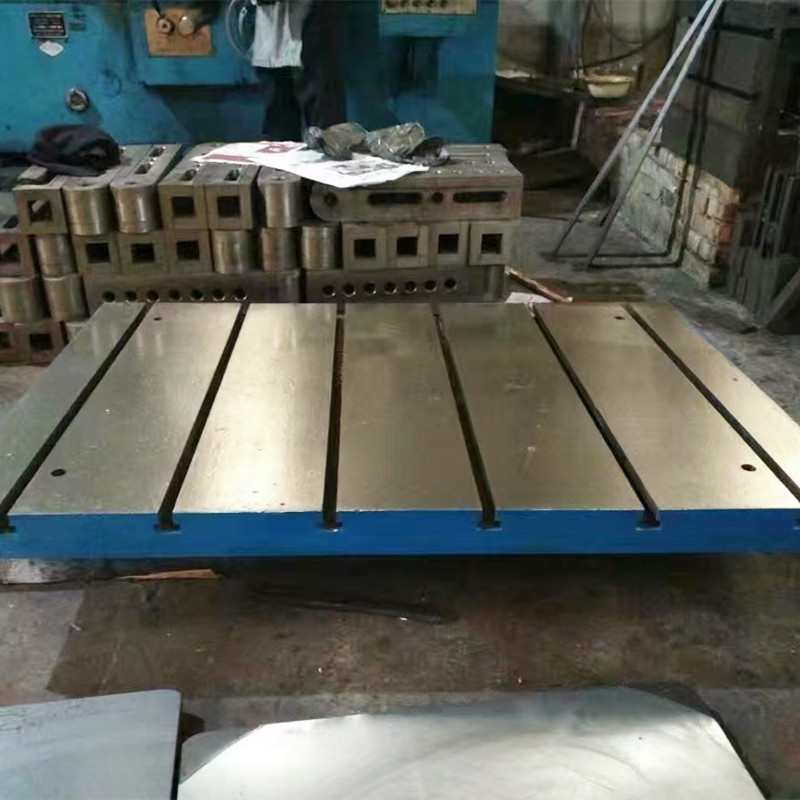Jul . 29, 2024 01:33 Back to list
Understanding the Functionality and Applications of Plain Plug Gauges in Precision Measurement
Understanding the Plain Plug Gauge A Key Tool in Precision Measurement
In the world of manufacturing and quality assurance, precision is paramount. Engineers and technicians rely on various tools to ensure that their products meet stringent specifications. One such tool is the plain plug gauge, a fundamental device used to measure the diameter of holes or the sizes of cylindrical features. This article explores the significance, design, and application of plain plug gauges in precision engineering.
What is a Plain Plug Gauge?
A plain plug gauge is a cylindrical tool made of high-quality material, typically hardened steel. It is designed to fit snugly within a hole or opening, serving as a control measure for the dimensional quality of the manufactured part. The gauge is calibrated to two specific diameters a 'go' gauge, which should fit into the hole, and a 'no-go' gauge, which should not fit. This binary measurement system allows manufacturers to quickly verify whether a component falls within acceptable dimensional tolerances.
Design and Construction
The construction of a plain plug gauge is critical to its performance. It must possess high wear resistance and maintain dimensional stability under varying environmental conditions. Plain plug gauges are often manufactured using precision machining processes to ensure accuracy. They are available in various sizes and can be produced to meet specific tolerances, allowing for customization based on the manufacturing process and the particular requirements of the application.
The gauges are typically color-coded or marked to differentiate between the 'go' and 'no-go' ends. The design also considers the ease of use, with some gauges featuring knurled grips or other ergonomic enhancements for better handling during measurement.
plain plug gauge

Applications in Industry
Plain plug gauges find applications across various industries, including automotive, aerospace, and general manufacturing. They are invaluable in quality control processes, where the dimensional conformity of parts is critical for the assembly and functionality of the final product. For example, in the automotive industry, ensuring that fuel injection holes or bearing seats are accurately sized is essential for performance and safety. Using a plain plug gauge helps manufacturers identify defects early in the production process, thus reducing waste and rework costs.
Furthermore, plain plug gauges are often employed in conjunction with other inspection tools, such as calipers and micrometers, for comprehensive dimensional analysis. Their simplicity and reliability make them a go-to choice for many quality assurance teams.
Importance of Calibration
For a plain plug gauge to maintain its effectiveness, regular calibration is necessary. Over time, gauges can wear down or suffer from thermal expansion, which may alter their measurements. Calibration involves comparing the gauge to a reference standard and adjusting it as necessary to ensure consistent accuracy. This practice is essential not only for the reliability of the measurements but also for compliance with industry standards and regulations.
Conclusion
In summary, plain plug gauges are a cornerstone of precision measurement in manufacturing. Their straightforward design, coupled with their binary measurement system, offers a reliable method for verifying the dimensional accuracy of components. As industries increasingly demand higher quality and tighter tolerances, the role of plain plug gauges becomes even more critical. By ensuring parts are manufactured precisely to specifications, these gauges contribute significantly to the overall efficiency and effectiveness of the production process, ultimately leading to improved product quality and customer satisfaction.
-
Thread Plug Gauge Our Promise of Measurement ExcellenceNewsAug.22,2025
-
Gauge Pin Class Reflecting Quality LegacyNewsAug.22,2025
-
Check Valve Types for High Rise BuildingsNewsAug.22,2025
-
Water Control Valve for Irrigation SystemsNewsAug.22,2025
-
Gate Valve with Soft Seal TechnologyNewsAug.22,2025
-
Y Type Strainer for Oil and Gas ApplicationsNewsAug.22,2025
Related PRODUCTS









